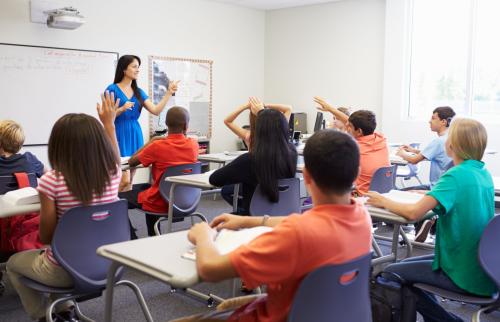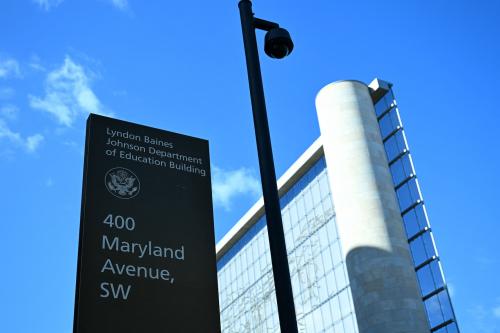

9:00 am EDT - 11:00 am EDT
Past Event
9:00 am - 11:00 am EDT
1775 Massachusetts Avenue NW
Washington, DC
20036
Good jobs in the nation’s 21st century economy require advanced literacy skills such as categorizing, evaluating, and drawing conclusions from written texts. The adoption of the Common Core State Standards by nearly all states, combined with tough literacy assessments that are now under development, will demonstrate that the literacy skills of average students fall below international standards and that the gap in literacy skills between students from advantaged and disadvantaged families is huge.
On October 2, Princeton University and the Brookings Institution released the latest issue of The Future of Children—a journal focusing on research and practice on vital children’s issues—which examines the teaching of literacy in American public schools. Journal co-editor Richard Murnane provided an overview of the issue’s contents. Ron Haskins of Brookings presented findings from an accompanying policy brief proposing a plan for closing the literacy gap between students from advantaged and disadvantaged families. Following their presentations, a panel of experts and advocates discussed the literacy gap and the plan for closing the gap.



Sarah Reber, Zaria Roller, Quinn Sanderson
July 15, 2025

Robert Kim, Derek Black, Suzanne Eckes, Preston Green III, Rachel M. Perera
July 15, 2025

Nora Gordon
July 15, 2025